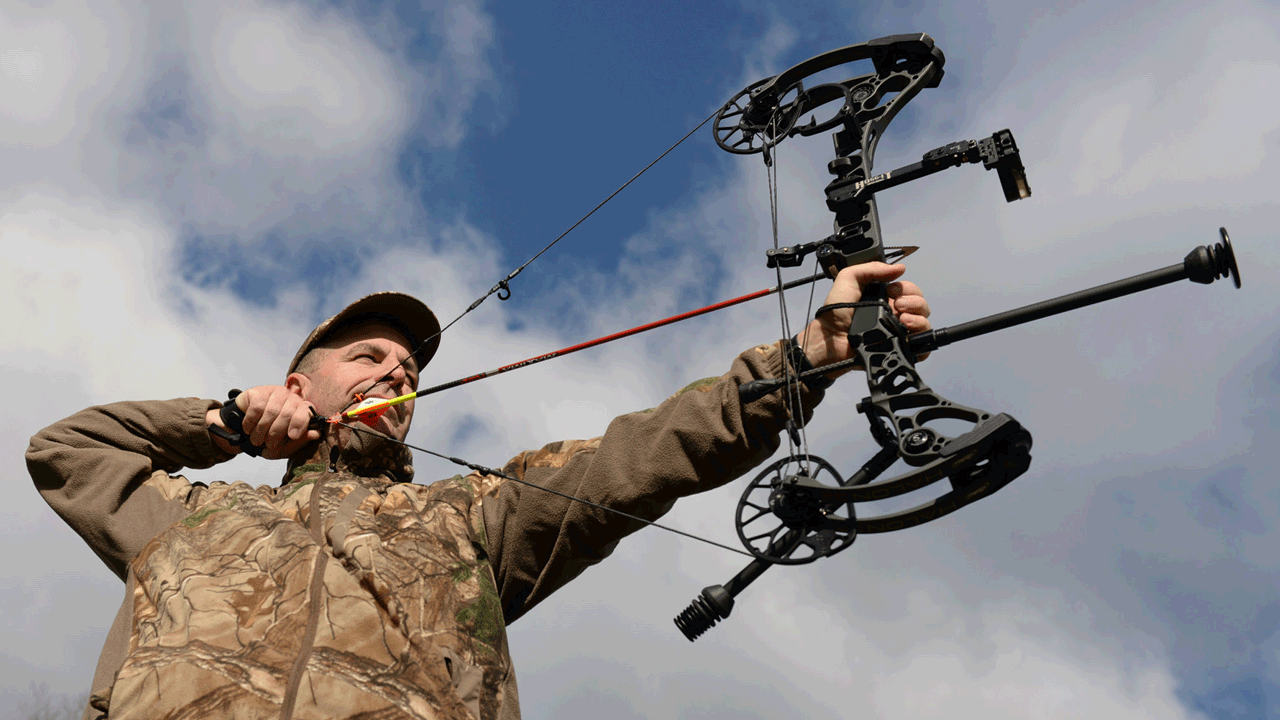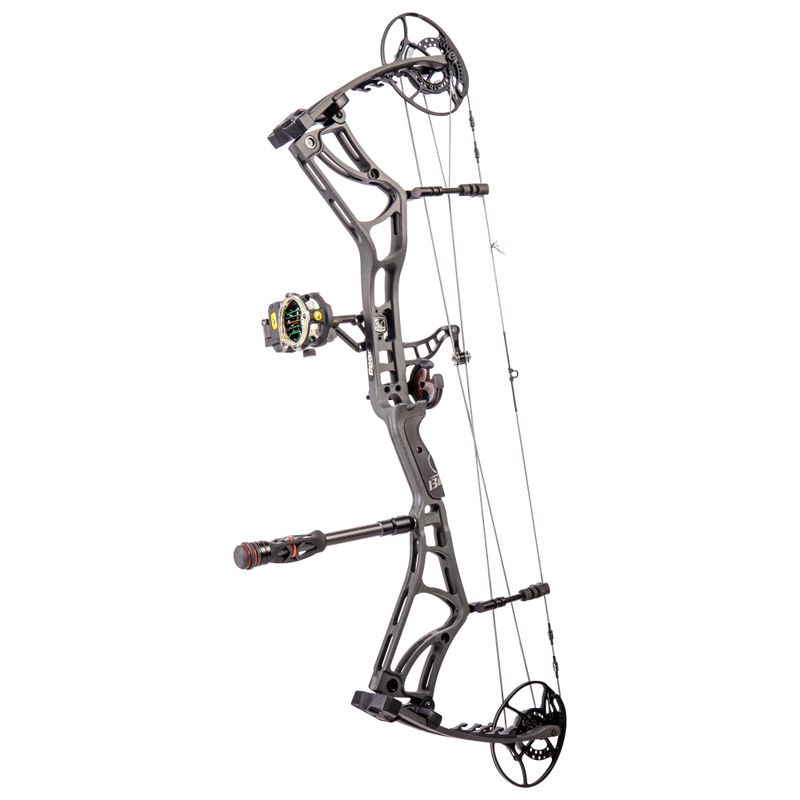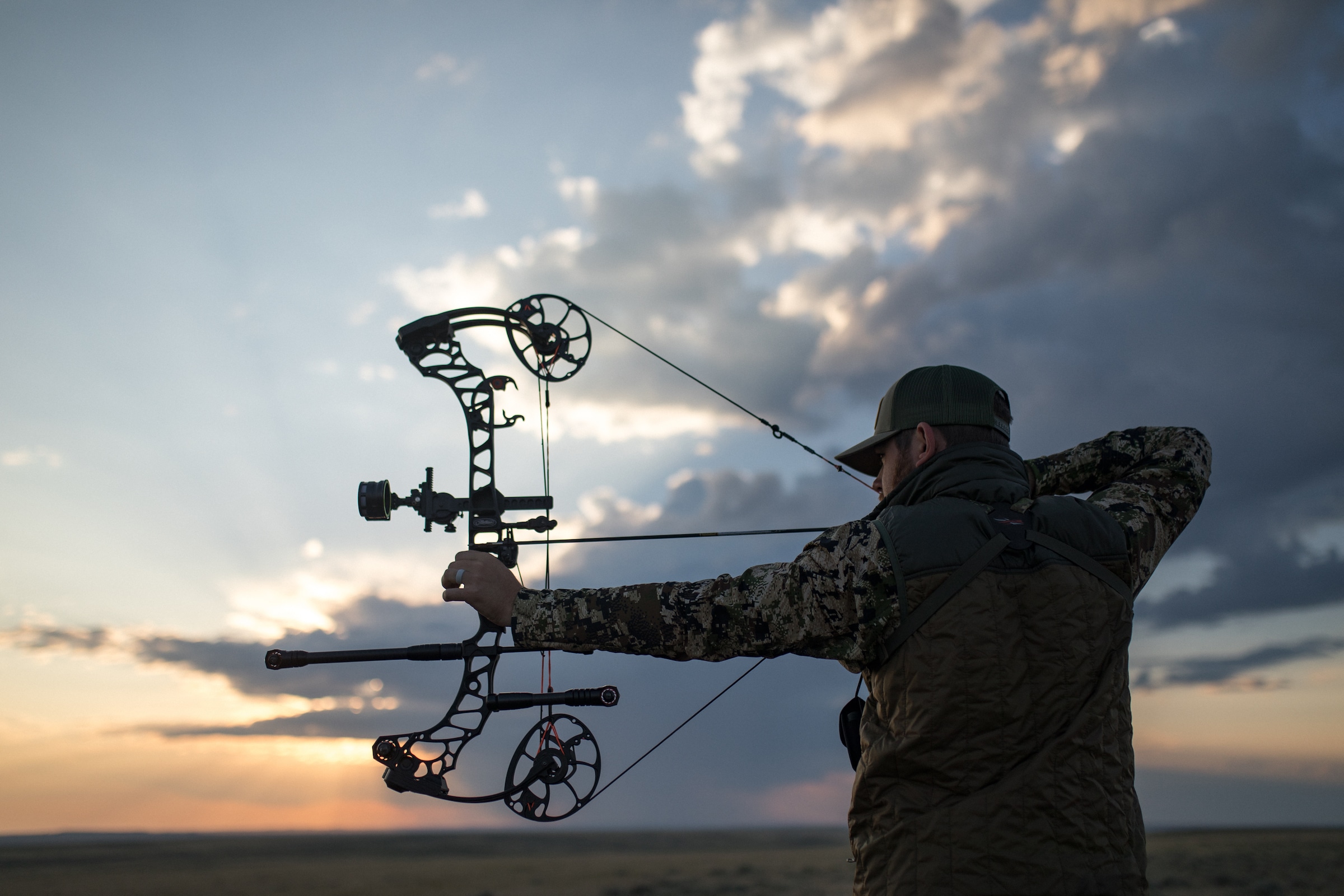Master the Art of Archery: Understanding the Significance of a Stabilizer in Your Arrangement
Archery, an ancient sport that calls for emphasis, precision, and ability, has actually captivated people for centuries. Whether one is an experienced archer or just beginning their journey, the relevance of a stabilizer in their setup can not be overemphasized. This crucial tool plays a significant function in boosting precision and enhancing total performance. By understanding the benefits of utilizing a stabilizer, considering the right factors when picking one, and appropriately setting up and readjusting it, archers can raise their skills to brand-new heights. Let us explore the intricacies of mastering the art of archery and reveal the vital function that a stabilizer plays in attaining success on the variety.
The Role of a Stabilizer in Archery
A stabilizer plays an essential function in archery by boosting balance and minimizing vibrations throughout the shot. A stabilizer aids to neutralize these resonances by absorbing and dissipating the energy (archery stabilizer).
Among the major advantages of a stabilizer is its ability to improve balance. When an archer holds a bow, it can be challenging to preserve a consistent aim. The weight of the stabilizer assists to disperse the weight uniformly, lowering the pressure on the archer's arm and boosting security. This permits the archer to concentrate on their objective and execute a more accurate shot.
Along with balance, a stabilizer likewise aids to minimize torque. When an archer launches the bowstring, there is a natural propensity for the bow to revolve in the hand. This turning, referred to as torque, can cause the arrow to veer off-course. The weight and layout of a stabilizer counteract this rotation, guaranteeing a more exact and constant shot.
Benefits of Using a Stabilizer
The utilization of a stabilizer in archery offers many advantages that improve an archer's efficiency and overall capturing experience. By absorbing and moistening these resonances, the stabilizer enhances the security of the bow, allowing for even more precise and consistent shots.
Second of all, a stabilizer helps to stabilize the bow by adding weight to the front end. This weight circulation counteracts the all-natural propensity of the bow to tip onward upon release, lowering the amount of motion and enhancing the archer's capability to keep objective on target.

Last but not least, a stabilizer can also act as a shock absorber, reducing the shock and recoil experienced upon launch. This not just improves the comfort of capturing yet likewise reduces the risk of injury or pressure on the archer's body.
Just How a Stabilizer Improves Accuracy
Enhancing the precision of an archer's shots, a stabilizer plays a critical function in boosting general efficiency. archery stabilizer. By adding security to the bow, a stabilizer assists reduce the unwanted activity and vibration that can occur throughout a shot. This decrease in motion allows the archer to maintain a steady goal, resulting in even more regular and precise shots

Furthermore, a stabilizer helps to dampen resonances that happen upon release. These resonances can create the acquiesce shake, influencing the arrowhead's trajectory and accuracy. By absorbing and dissipating these vibrations, a stabilizer aids to keep the bow's stability and guarantee a smooth and accurate shot.
Moreover, a stabilizer can additionally aid in pop over to these guys balancing the weight distribution of the bow (archery stabilizer). By adding weight to the front of the bow, a stabilizer assists to stabilize the weight of devices, such as quivers or sights, which might be attached to the bow. This well balanced weight distribution helps the archer keep a regulated and consistent shooting position, leading to boosted accuracy
Variables to Think About When Choosing a Stabilizer
When selecting a stabilizer for your bow, it is essential to take into consideration a number of factors that will certainly add to its general effectiveness and suitability for your individual capturing style. The initial aspect to consider is the length of the stabilizer.
An additional aspect to take into consideration is the weight of the stabilizer. The weight of the stabilizer can influence the equilibrium of your bow.
Some stabilizers have flexible functions, such as adjustable length or adjustable weights, which enable you to tailor the stabilizer to your certain requirements. Carbon fiber stabilizers are resilient and light-weight, while aluminum stabilizers supply a balance in between weight and rigidness.
Lastly, it is vital to consider your capturing design and choices. Different stabilizers may function much better for certain shooting styles, such as target capturing or hunting. It is suggested to seek advice from with skilled archers or specialists to establish which stabilizer will ideal suit your individual demands. In general, thinking about these variables will assist ensure that you choose a stabilizer that improves your shooting experience and improves your precision.
Tips for Effectively Adjusting a stabilizer and installing
Longer stabilizers offer even more security but can be less manoeuvrable, while shorter stabilizers use enhanced ability to move but may give up stability. Once you have picked the proper length, connect the stabilizer to the bow making use of the provided mounting equipment. Ensure that the stabilizer is firmly secured and lined up with the bow's riser.
After mounting the stabilizer, it is necessary to make changes to achieve the wanted equilibrium and shot uniformity. Start by changing the weight distribution along the stabilizer. This can be done by adding or eliminating weights from the stabilizer's weight system. Explore various weight setups to locate the equilibrium that functions ideal get more for you. Additionally, think about changing the angle of the stabilizer to tweak the shot. A small onward or backwards tilt can affect the bow's equilibrium and exactly how it responds during the shot.

Conclusion
To conclude, a stabilizer plays an important function in archery by boosting accuracy and lowering bow torque. By adding weight to the bow, it assists to support the shot and stabilize. When selecting a stabilizer, factors such as size, weight, and material ought to be considered to fulfill individual needs. Proper installment and modification of the stabilizer are also necessary for optimal efficiency. Grasping making use of a stabilizer can significantly improve the archer's ability and accuracy.
Additionally, a stabilizer can also help in stabilizing the weight circulation of the bow. By including weight to the front of the bow, a stabilizer assists to stabilize the weight of devices, such as quivers or sights, which might be connected to the bow. Some stabilizers have flexible features, such as adjustable size or flexible weights, which permit you to tailor the stabilizer to your certain demands. Carbon fiber stabilizers are resilient and light-weight, while aluminum stabilizers offer a balance in between weight and rigidity.
Longer stabilizers give more stability however can be much less manoeuvrable, while much shorter stabilizers use raised ability to move yet might sacrifice security.